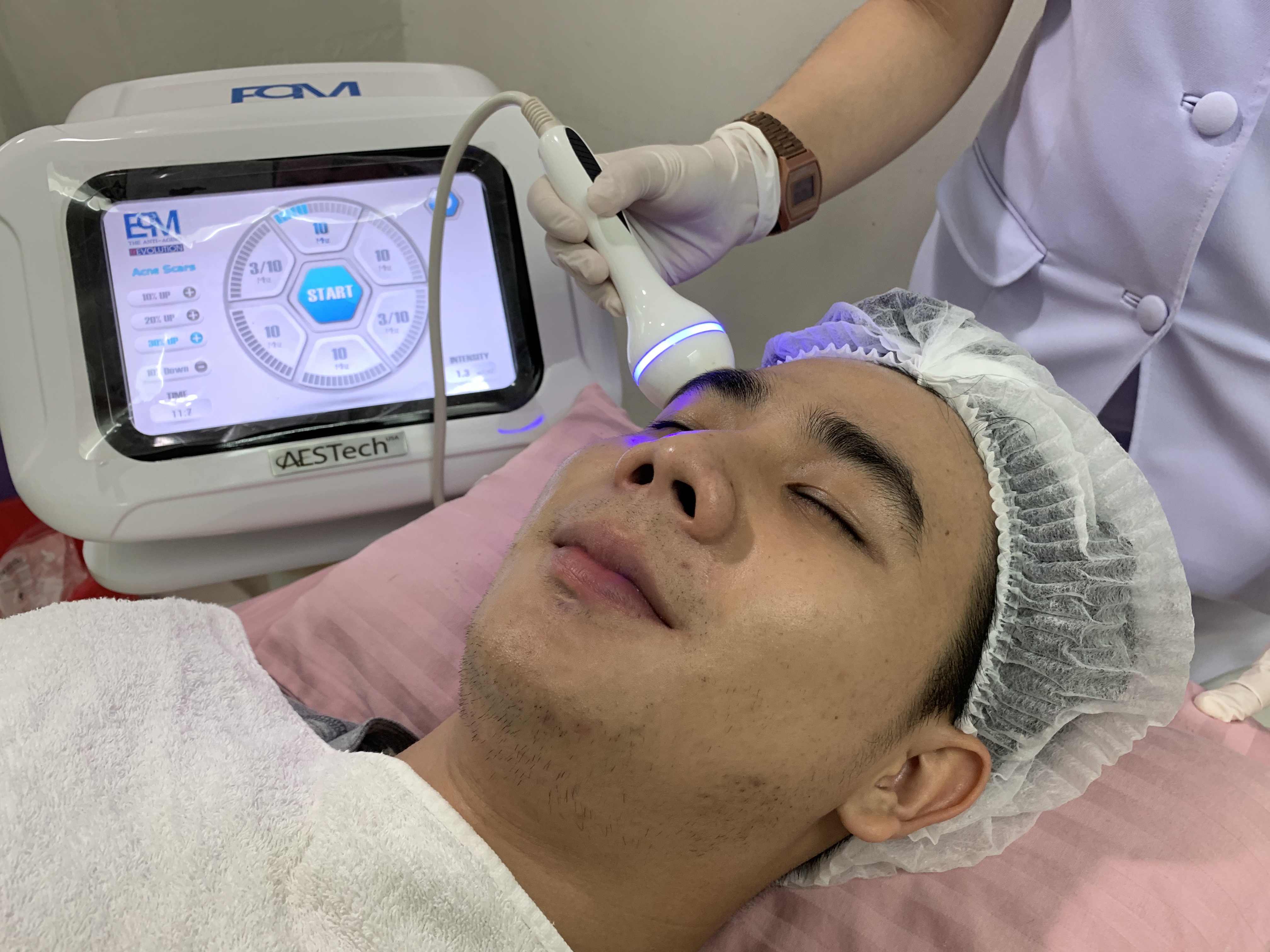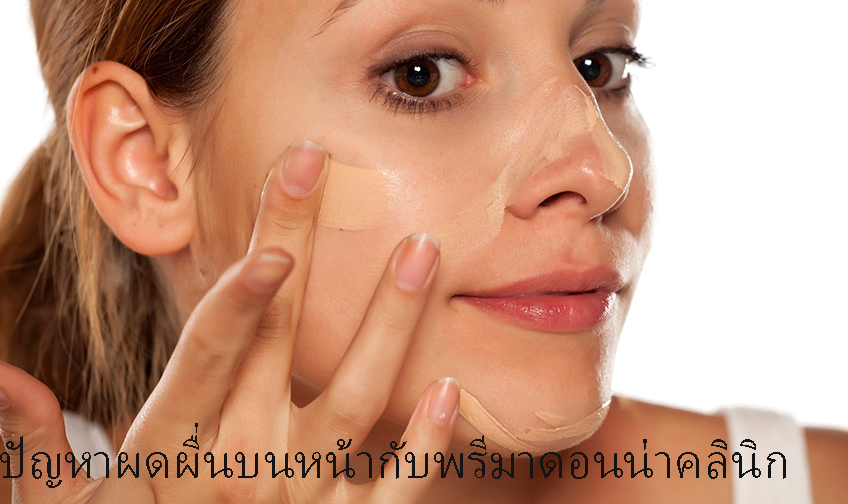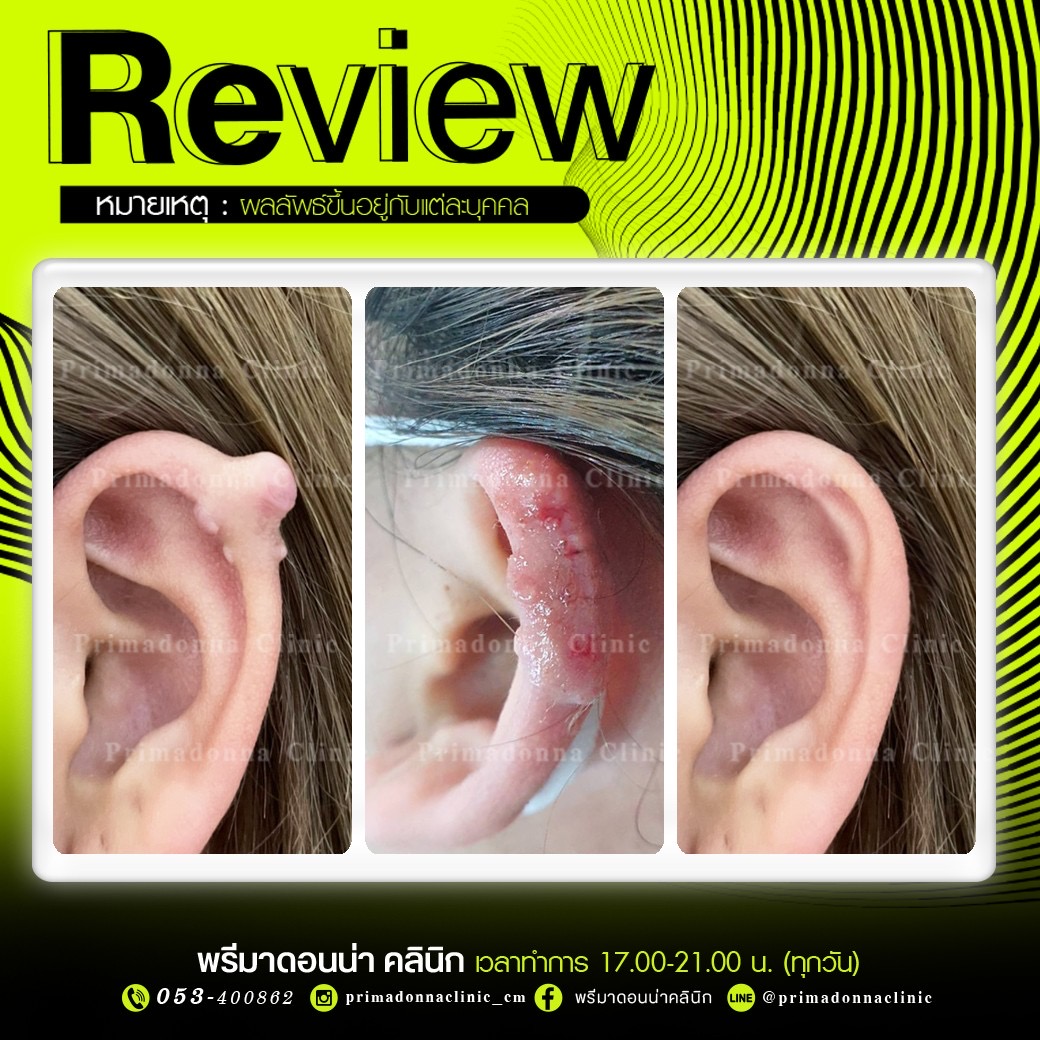Acne scarring

Acne scarring
Acne scarring
What is acne scarring?
The term "scarring" refers to a fibrous process in which new collagen is laid down to heal a full-thickness injury. It affects 30% of those with moderate or severe acne vulgaris. It is particularly common in nodulocystic acne, acne conglobata and acne fulminans. It may also be a long-term consequence of infantile acne.
To reduce the chance of scarring, seek treatment for your acne early. Severe acne can often be cured.
What are postinflammatory colour changes?
Postinflammatory colour changes are seen after inflammatory acne lesions have recently healed.
- Postinflammatory erythema – pink or purple flat patches
- Postinflammatory pigmentation – brown marks (pigmentation), seen in people who can tan easily
- Postinflammatory hypopigmentation – white marks
Postinflammatory colour changes improve with time, but it can take many months for them to completely resolve.
What is the treatment for postinflammatory pigmentation?
Treatments for postinflammatory pigmentation include:
- Careful sun protection – even though inflammatory acne lesions may improve, brown marks darken with sun exposure. Apply a broad-spectrum oil-free sunscreen and wear a broad-brimmed hat when outdoors
- Azelaic acid cream – this reduces pigmentation as well as effectively treating mild to moderate acne
- Hydroquinone bleaching creams – these inhibit the enzyme tyrosinase that causes tanning (see melasma)
- Superficial chemical peels containing glycolic acid or Jessner solution.
What are the features of persistent scarring?
Unfortunately, true acne scars never completely disappear, although their appearance usually improves with time. They can be disguised with make-up (cosmetic camouflage).
The following types of scar occur in acne:
- Ice-pick scars – these are deep, narrow, pitted scars
- Rolling scars – broad depressions with a sloping edge
- Boxcar scars – broad depressions with sharply defined edges
- Atrophic scars – flat, thin scars or depressed scars (anetoderma)
- Hypertrophic or keloid scars – thick lumpy scars.





